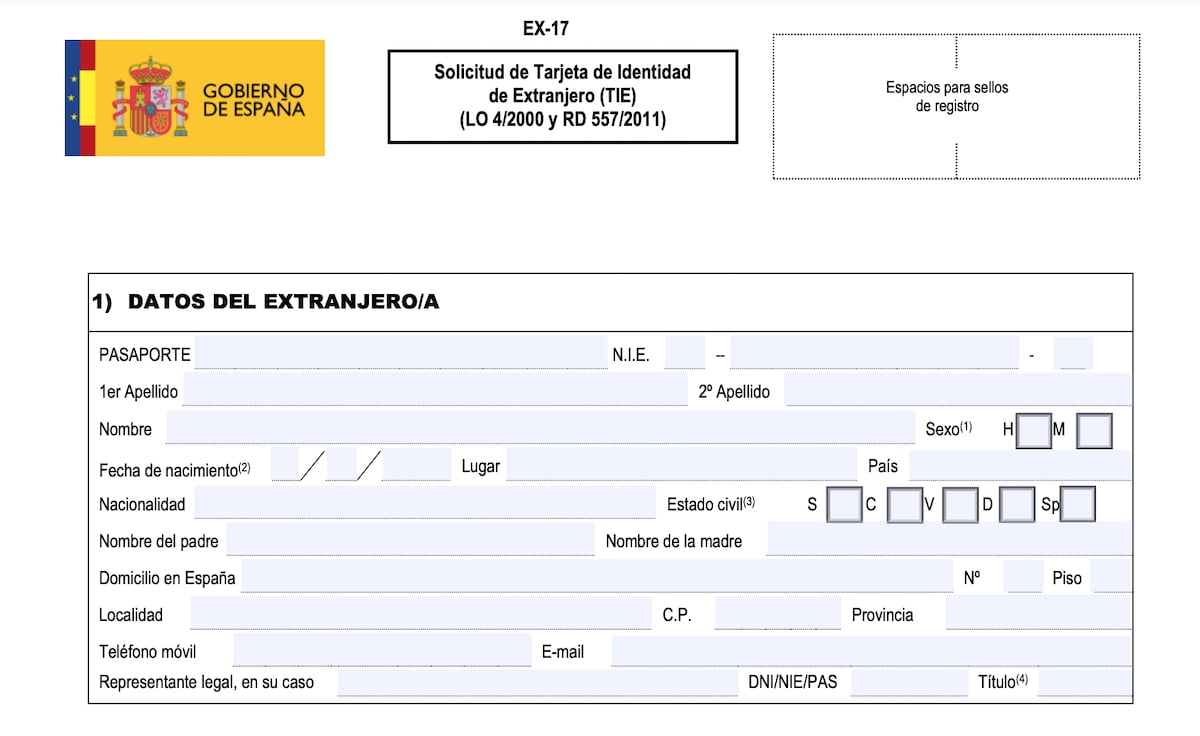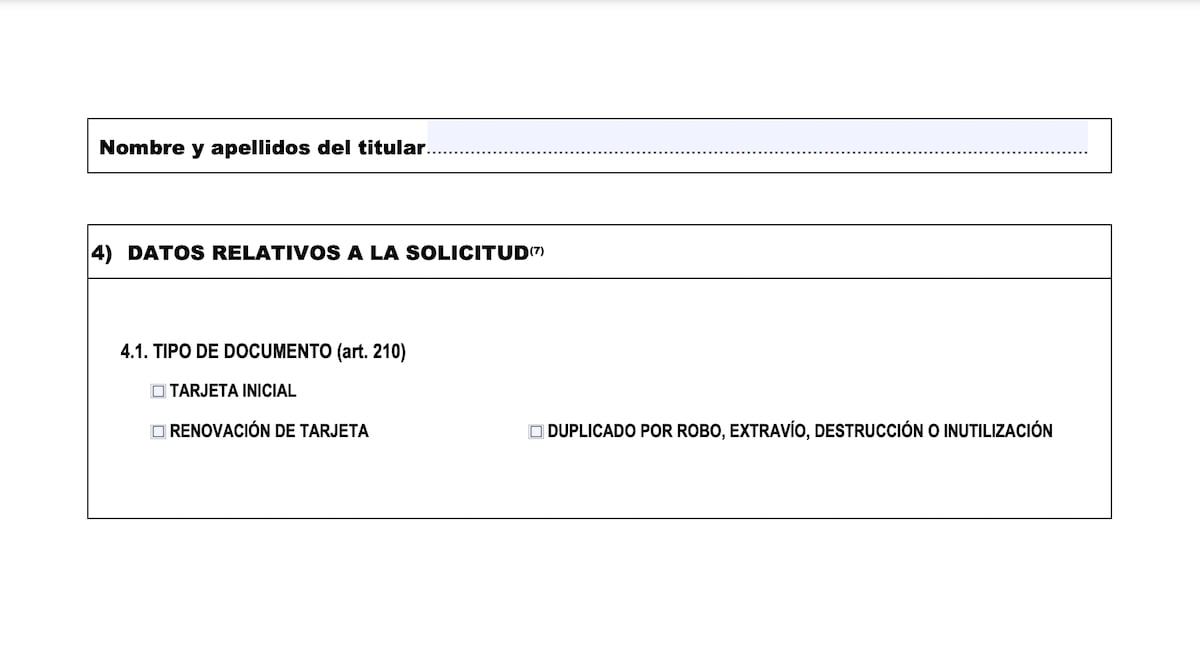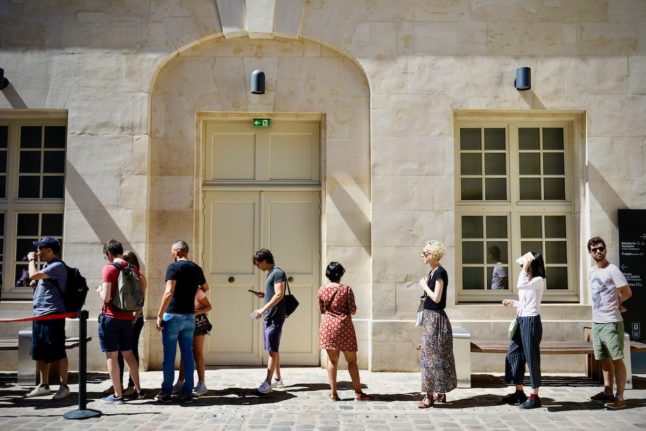Once you’ve had your Spanish visa approved, whether it be the non-lucrative, the digital nomad or the golden visa, you still won’t have completed the whole Spanish residency process until you get your Tarjeta de Identidad de Extranjero (Foreigner Identity Card), better known as the TIE.
This is important to stress as many third-country nationals such as Britons or Americans erroneously fly over to Spain once their visa has been green-lighted and don’t apply for the physical residency card.
What is the TIE card?
The TIE is similar to an ID card and features a photograph of you, your identity number for foreign nationals (NIE), as well as the type of permit you have been given.
To be eligible for a TIE card, you must have a visa authorisation to stay in Spain for a period of six months or longer.
When must I apply for it?
After you arrive in Spain, you have a period of one month during which you must apply for your TIE card.
You will initially be granted a temporary residence card for however long your visa is valid. Once you have had this for five years, you can renew it for a long-term residency card or Tarjeta de Larga Duración.
You will need your card in order to prove your residency status in Spain, as well as whenever you need to show ID here.
How to apply for the TIE
In order to apply, you must first make an appointment or cita previa at your nearest Immigration Office or police station. To get your appointment, you will need to go to the special government web page and click on your province and location to book one near you.
It’s important to be aware that these types of appointments are notoriously difficult to get and there are very few available. Sometimes it can take you more than a month to try and get one. One of the main reasons for this is that there are criminal gangs who book up all the appointments and sell them on to agencies, who in turn sell them to you.
While it may be quicker and easier to pay an agency to get an appointment for you, it’s not the best option, as it should be free. Try looking on social media groups on Facebook as members often post times and days that appointments are available, enabling you to get one faster.
READ ALSO: How to get a ‘cita previa’ (appointment) in Spain when it seems impossible
While you’re waiting you must also apply for an appointment with the social security office in order to register there.
When you get your TIE appointment, you must gather all your documents, ready to take with you. The most important document you’ll need is a completed EX-17 form signed by you.
How to complete the Modelo EX-17
Thankfully the EX-17 form is a relatively short and easy document to complete, however, you may need a bit of help if you don’t speak Spanish.
The first page asks for all your personal details such as name, date of birth, address in Spain, your marital status and names of both your parents.

On the second page, you must state the reason for your application, whether you are applying for your TIE for the first time, are renewing it or are replacing it because it was robbed or you lost it. Remember to sign and date the form at the end.

What documents do I need to take to my appointment?
In addition to the EX-17, there are several other documents you need.
These are:
- A valid passport or other travel document showing your date of entry into Spain. If you didn’t enter through passport control at an airport you must have declared your arrival in person at any Police Station or Foreign Office within a maximum period of 72 hours from the moment of entry into Spain.
- A recent colour passport-sized photograph on a white background, passport size
- Your visa, if applicable
- The resolution granting you authorisation to live in Spain in the following cases: SME visas (displaced minors), authorisation for cross-border workers, law 14/2013 of Support for Entrepreneurs and their Internationalisation, resolutions of residence or stay granted under a Judicial Appeal.
- Proof of payment of the corresponding fees
- Proof that you have registered with Social Security, if applicable. You will do this if you’re planning on working in Spain.
If you are renewing your card because it has expired, you will need all of the above documents, plus a recent padrón certificate to show your current address and your old card.
If your card was lost or stolen, you’ll need all of the above documents, as well as a report stating what happened to the card and the reason.
It’s important to take all of your documents, plus copies to your appointment. Once there, they will check all your papers and take your fingerprints.
How do I get my TIE card?
Once all your documents have been processed, you will be informed when your card is ready. Be aware, it may take a few months. You will usually have to apply for another appointment to go and pick up your card, but this may vary between regions.
Britons – exchanging your EU green residency card for a TIE
If you were living in Spain before Brexit, you will be protected under the withdrawal agreement and therefore will be able to exchange the EU green residency card you had previously for a TIE. Most people should have done this already, but if you didn’t, there is a slightly different way to go about it than for other non-EU citizens moving to Spain.
When you are applying for an appointment you will choose the option – POLICIA-EXP. TARJETA ASOCIADA AL ACUERDO DE RETIRADA CIUDADANOS BRITÁNICOS Y SUS FAMILIARES (BREXIT).
You will also fill out the EX-23 form instead of the EX-17. It’s virtually identical except for the last part which will ask you about your situation in Spain.
As well as the documents stated above, you may also have to have other documents proving you were living in Spain before Brexit such as rental contracts, bills and bank statements.
If you are British and did not live in Spain before Brexit, you will do the same process as all other non-EU citizens.




 Please whitelist us to continue reading.
Please whitelist us to continue reading.
Member comments